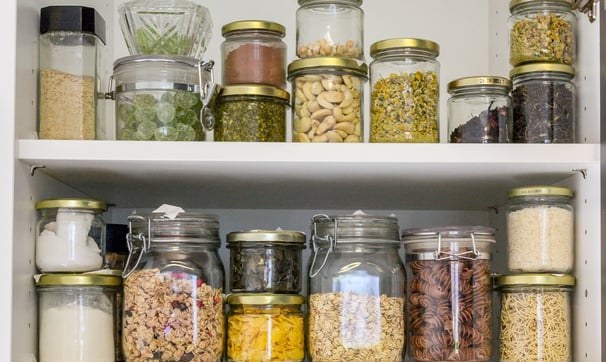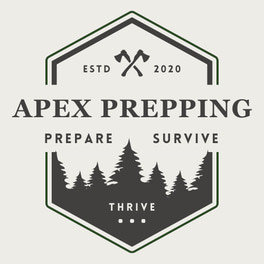Prepper's Guide to Long-Term Food Preservation
PREPPINGFOODEDUCATION


In a world where uncertainty looms around every corner, being prepared for the unexpected becomes essential.
In a world where uncertainty looms around every corner, being prepared for the unexpected becomes essential. Preppers, individuals who actively prepare for emergencies and disasters, understand the importance of long-term food preservation. Whether it's a natural disaster, economic collapse, or prolonged crisis, having a well-stocked and preserved food supply can be a lifeline during challenging times. In this guide, we will explore various long-term food preservation methods that preppers can utilize to ensure food security for themselves and their families.
Assessing Your Food Needs:
Before diving into the world of food preservation, it's crucial to assess your family's specific dietary needs. Consider the number of people you need to feed, their dietary restrictions or allergies, and the daily caloric intake required for each individual. By understanding these factors, you can better plan and calculate the amount of food you need to preserve for the long term.
Stockpiling Non-Perishable Foods:
The first step in long-term food preservation is stockpiling non-perishable foods. These are items that have a long shelf life and require little to no refrigeration. Common examples include canned goods (vegetables, fruits, meats), dried fruits, nuts, rice, pasta, beans, and oats. Aim to store a variety of nutritious foods that can sustain your family for an extended period.
Understanding Shelf Life and Rotation:
As you build your food stockpile, it's essential to be mindful of expiration dates and shelf life. Implement a rotation system, consuming and replacing the oldest items with fresh ones regularly. This practice ensures that your food supply remains fresh and minimizes the risk of consuming expired products during an emergency.
Canning:
Canning is an age-old method of food preservation that preppers can employ to store perishable foods for long periods. Through a simple process of heating and sealing food in glass jars, you can preserve fruits, vegetables, meats, and even soups. High-acid foods like tomatoes can be water-bathed, while low-acid foods like meats require pressure canning. Proper canning practices are essential to prevent contamination and spoilage.
Dehydrating:
Dehydrating is another effective way to preserve food and remove moisture from fruits, vegetables, and meats. Dehydrated foods retain their nutritional value and can last for months or even years when stored properly in airtight containers. Invest in a good food dehydrator to make the process more efficient, and experiment with different foods and seasonings to create delicious dehydrated snacks.
Freezing:
While not as long-term as some other methods, freezing is still a valuable food preservation technique. Many foods, such as meat, fruits, and vegetables, can be frozen and stored for several months. Ensure you have a reliable power source and consider backup power options like generators or solar panels in case of power outages during emergencies.
Fermenting:
Fermentation is not only a preservation method but also a means to enhance the nutritional value of food. Foods like sauerkraut, kimchi, and pickles can be fermented, providing a source of probiotics and vitamins. Properly fermented foods can be stored in cool, dark places for months.
Vacuum Sealing:
Vacuum sealing is an effective way to extend the shelf life of many foods. By removing air from the packaging, you can slow down the spoilage process. Consider investing in a vacuum sealer and mylar bags for storing dried goods like rice, beans, and flour.
Conclusion:
In times of uncertainty, having a well-prepared food supply can bring peace of mind and ensure your family's well-being. By following these long-term food preservation methods, preppers can create a diverse and resilient food stockpile that can sustain them during emergencies and disasters. Remember, preparedness is a continuous process, so regularly review and update your food supplies to stay ready for any challenges that may come your way. Stay safe, and happy prepping!
